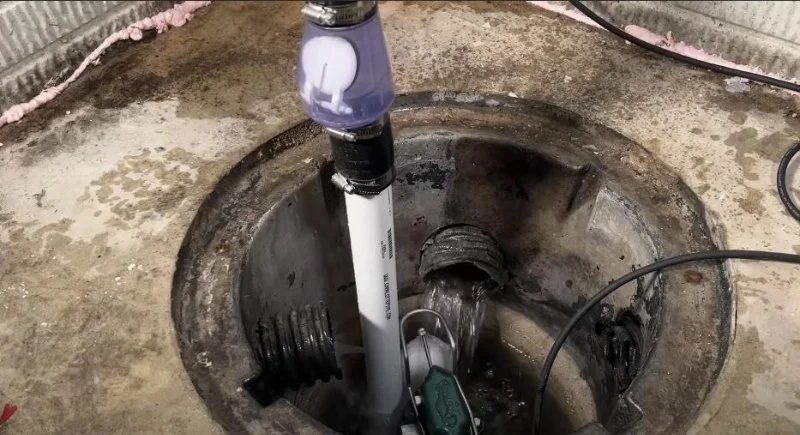
Why Your Sump Pump Runs Excessively and How to Limit It
- 1-Understanding Sump Pumps and Their Function
- 2-Common Reasons for Excessive Sump Pump Operation
- 3-How to Limit Excessive Sump Pump Run Time
- 4-When to Call a Plumber
- 5-How Plumbers Supply Hub Can Help
1. Understanding Sump Pumps and Their Function
A sump pump is a crucial component in many homes, especially those with basements. It is designed to prevent flooding by collecting and redirecting water that may accumulate in a sump basin, typically found in the lowest part of your home, usually a basement. The sump pump helps keep your basement dry by pumping excess water away from the foundation and out to a drainage system or a storm sewer.
While sump pumps are essential for protecting your home from water damage, they should only operate as needed. However, if you notice that your sump pump is running excessively, it may be a sign of an underlying issue that needs addressing.
2. Common Reasons for Excessive Sump Pump Operation
If your sump pump runs too frequently or for extended periods, it could indicate a few potential problems. Understanding the common reasons behind excessive pump operation can help you troubleshoot and solve the issue.
- High Water Table: If you live in an area with a high water table, especially after heavy rainfall or during spring melt, your sump pump may need to work overtime to remove the excess water from your basement.
- Clogged or Dirty Drainage System: Over time, debris can accumulate in your drainage system, clogging the pipes and preventing water from flowing out efficiently. This causes the sump pump to run more frequently to compensate for the blockage.
- Improperly Set Float Switch: The float switch on your sump pump detects the water level in the basin. If the switch is set too low, it can cause the pump to activate unnecessarily. Conversely, if it’s set too high, the pump may not activate when needed, leading to water accumulation.
- Faulty Check Valve: A faulty or malfunctioning check valve can allow water to flow back into the sump basin, forcing the pump to turn on repeatedly. This issue should be addressed immediately to prevent unnecessary wear and tear on your pump.
- Excessive Rainfall or Snowmelt: Periods of heavy rainfall or rapid snowmelt can overwhelm your sump pump, causing it to run excessively as it attempts to handle the increased volume of water.
Identifying the root cause of the issue will help you determine the best course of action to limit the pump’s run time and prevent further damage to your sump pump and home.
3. How to Limit Excessive Sump Pump Run Time
If you’ve identified the cause of your sump pump’s excessive running, there are several steps you can take to limit its operation and prolong its lifespan:
- Install a Larger Sump Basin: If your sump basin is too small for the volume of water in your area, upgrading to a larger basin can help reduce the frequency with which your pump runs, giving it more time between cycles.
- Ensure Proper Drainage: Make sure your drainage system is free of debris and operating efficiently. Regularly inspect and clean the drainage pipes to ensure that water flows freely and that your sump pump doesn’t need to work harder than necessary.
- Adjust the Float Switch: Check that the float switch is set at the proper height. This ensures that the sump pump only activates when the water level reaches a certain threshold, preventing it from running unnecessarily.
- Install a Backup Pump: A backup sump pump can be a good investment, especially if you live in an area with frequent storms. A secondary pump can take over when the primary pump is overwhelmed, allowing both pumps to share the workload and prevent overuse of one unit.
- Check and Replace the Check Valve: If you suspect that the check valve is faulty, have it replaced. This small but important component prevents water from flowing back into the sump basin, ensuring that your pump doesn’t activate unnecessarily.
By addressing these common issues, you can improve the efficiency of your sump pump and reduce its excessive running time, ultimately saving energy and prolonging the life of the pump.
4. When to Call a Plumber
If you’ve tried the above steps and your sump pump is still running excessively, it may be time to call a professional plumber. Here are some situations when you should seek expert help:
- Persistent Clogs or Blockages: If your sump pump or drainage system continues to clog despite your best efforts to clean it, a plumber can help clear the pipes and check for deeper blockages.
- Electrical Issues: If the pump continues to malfunction, there may be an underlying electrical issue. A licensed plumber can troubleshoot electrical problems to ensure your pump works as it should.
- Frequent Cycling: If the pump runs frequently even during dry conditions, it could indicate a more serious issue, such as an incorrect installation or internal mechanical failure that requires professional repair or replacement.
A licensed plumber can properly diagnose the issue and recommend the best solution to restore your sump pump’s efficiency.
5. How Plumbers Supply Hub Can Help
If you need to replace your sump pump, upgrade your drainage system, or simply need expert advice on maintaining your plumbing, Plumbers Supply Hub can help. We offer a wide range of high-quality sump pumps and plumbing tools to ensure that your system works effectively and efficiently.
Visit Plumbers Supply Hub for expert recommendations, reliable products, and solutions to keep your sump pump in top condition!

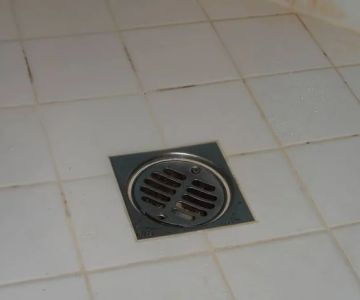
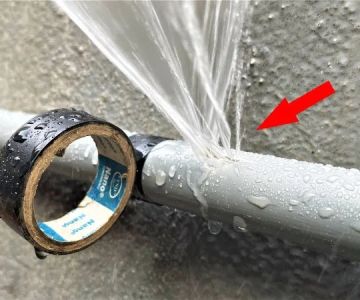
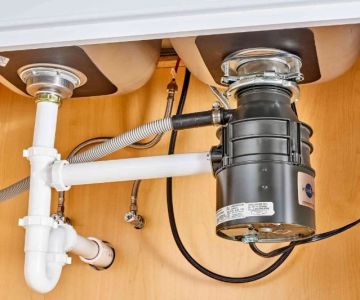
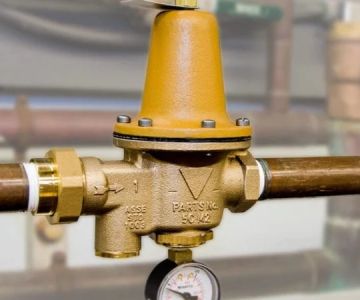
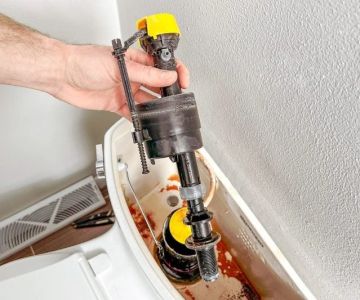
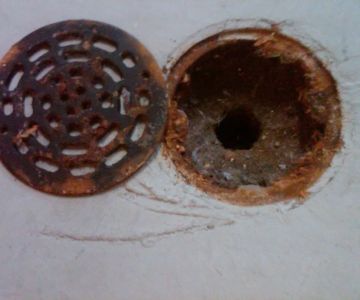
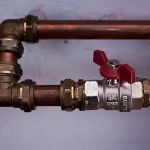 Plumbing Specialty5.0 (19 reviews)
Plumbing Specialty5.0 (19 reviews) Advanced Plumbing of Monroe4.0 (347 reviews)
Advanced Plumbing of Monroe4.0 (347 reviews) Hannu Quality Plumbing5.0 (12 reviews)
Hannu Quality Plumbing5.0 (12 reviews) Hernandez Plumbing5.0 (13 reviews)
Hernandez Plumbing5.0 (13 reviews)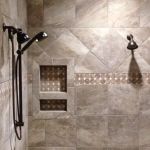 Master Plumbing3.0 (25 reviews)
Master Plumbing3.0 (25 reviews)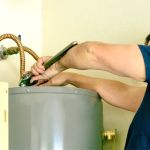 Trusty Plumber North Hollywood5.0 (20 reviews)
Trusty Plumber North Hollywood5.0 (20 reviews)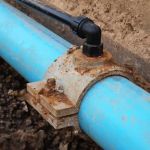 How to Repair a Pipe Saddle That Leaks – Step-by-Step Guide
How to Repair a Pipe Saddle That Leaks – Step-by-Step Guide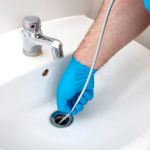 How to Clear Stubborn Hair Clogs from Bathroom Drains – Effective Solutions
How to Clear Stubborn Hair Clogs from Bathroom Drains – Effective Solutions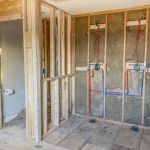 How to Handle Plumbing in Mobile Homes: Essential Tips and Solutions
How to Handle Plumbing in Mobile Homes: Essential Tips and Solutions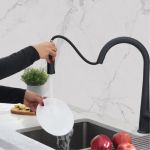 How to Replace a Kitchen Sink Sprayer Hose: Step-by-Step Guide
How to Replace a Kitchen Sink Sprayer Hose: Step-by-Step Guide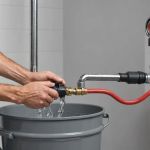 How to Safely Drain a Water Heater Before Moving
How to Safely Drain a Water Heater Before Moving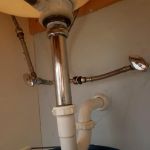 How to Replace a Sink Overflow Tube: A Complete Step-by-Step Guide
How to Replace a Sink Overflow Tube: A Complete Step-by-Step Guide